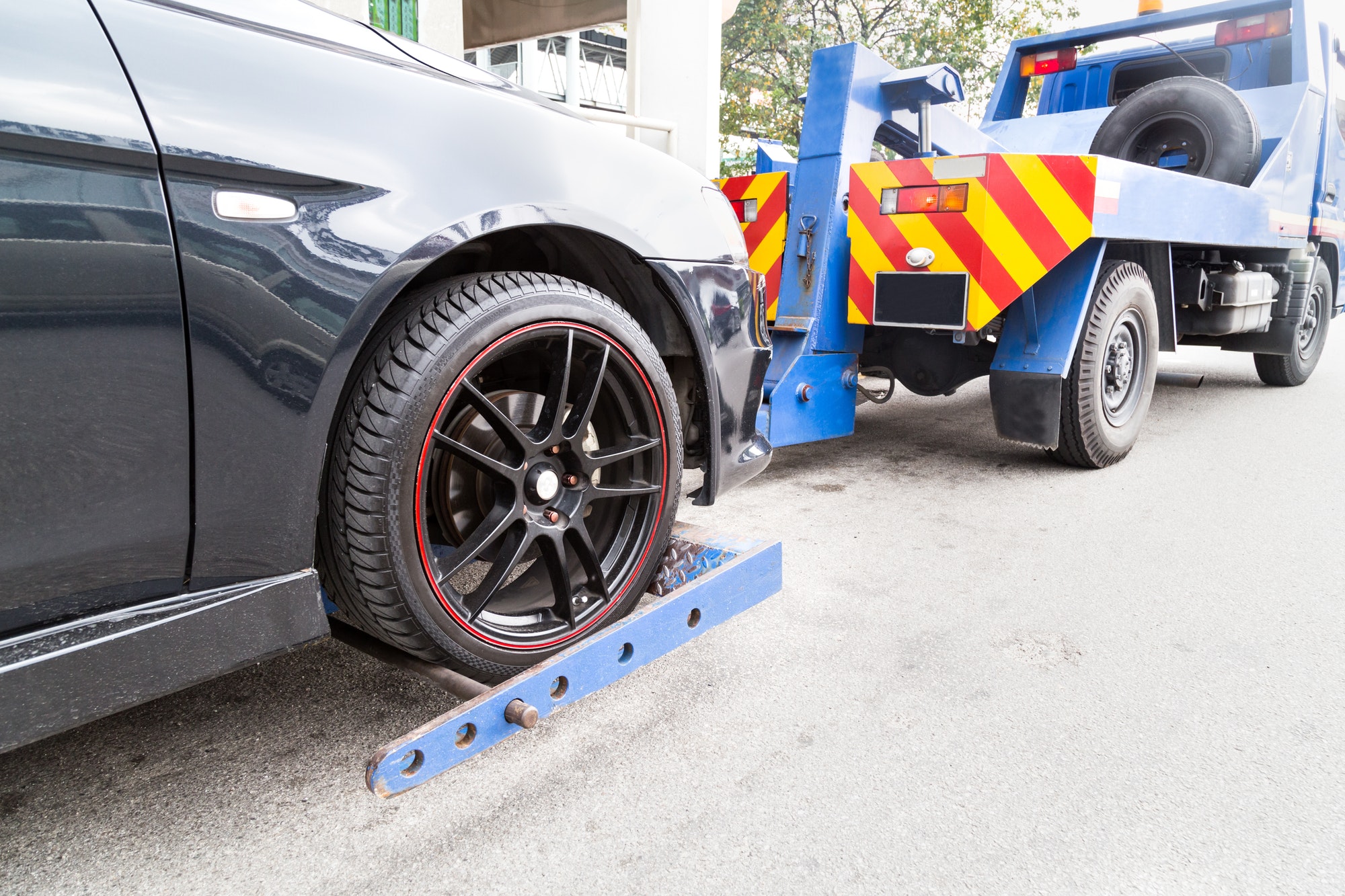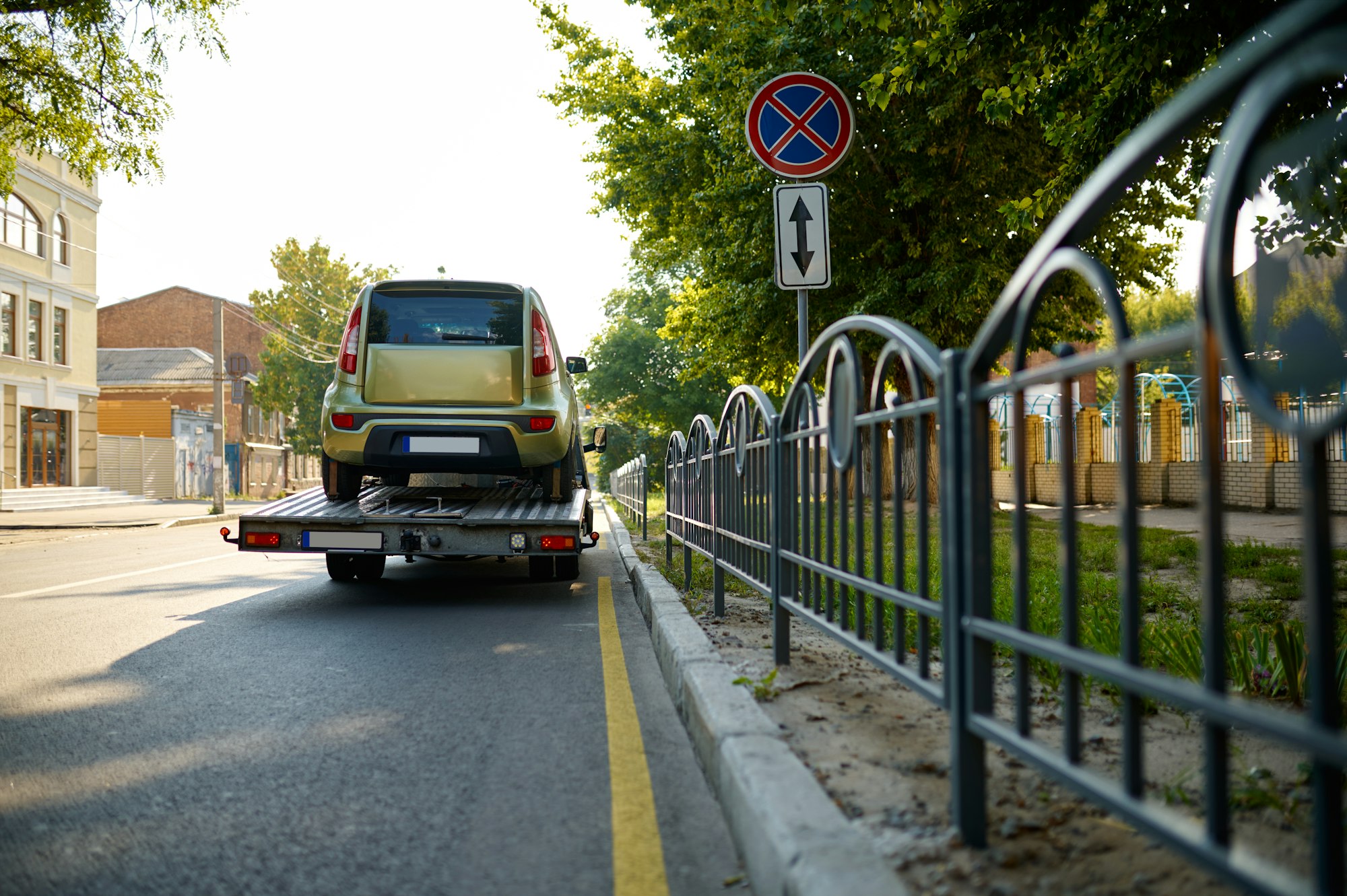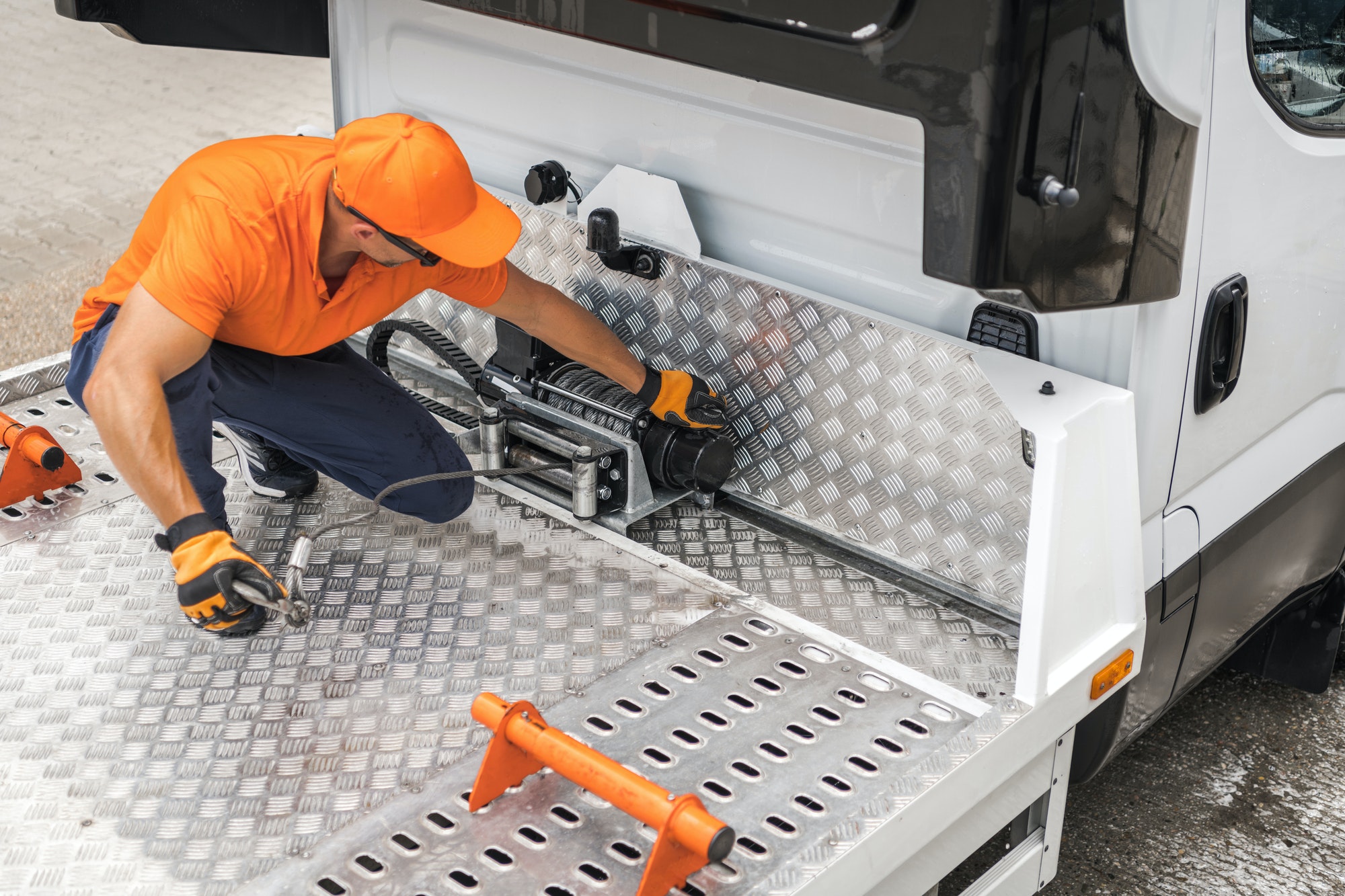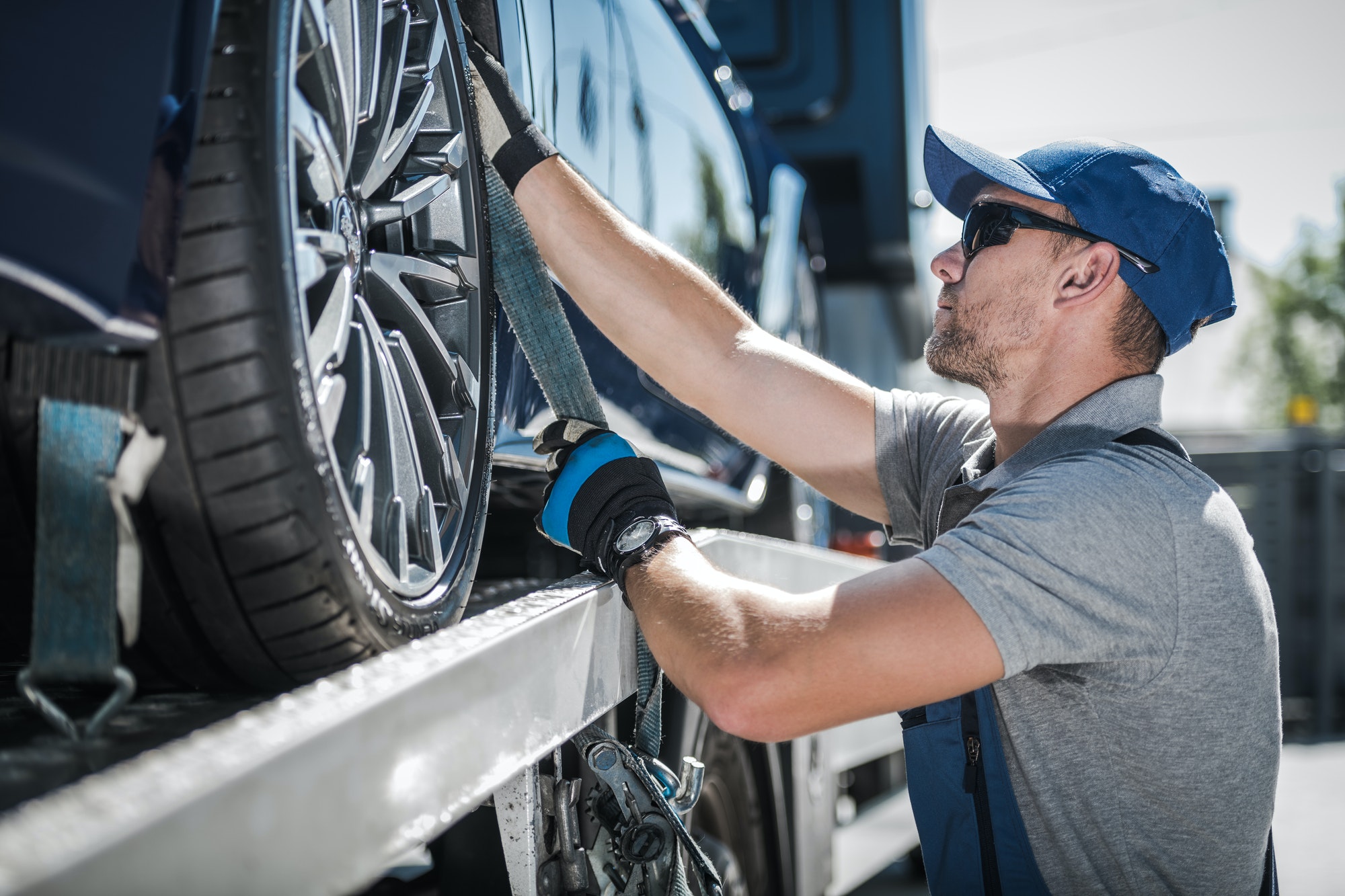Table of Contents
Imagine driving through the bustling streets of St. Paul or Minneapolis when suddenly, your car sputters and grinds to a halt. Perhaps you’ve had the misfortune of a fender bender, or maybe you’ve found yourself stuck due to one of Minnesota’s challenging snowdrifts. The vibrant urban backdrop of the Twin Cities now feels overwhelming. You pull out your phone, and the dreaded Google search begins: “Towing near me in St. Paul” or “Minneapolis towing services.” But there’s more to consider than just a tow. From insurance calls to documenting the scene, this guide will walk you through the essential steps to ensure your safety and protect your interests in the heart of Minnesota.
Table of Contents
Toggle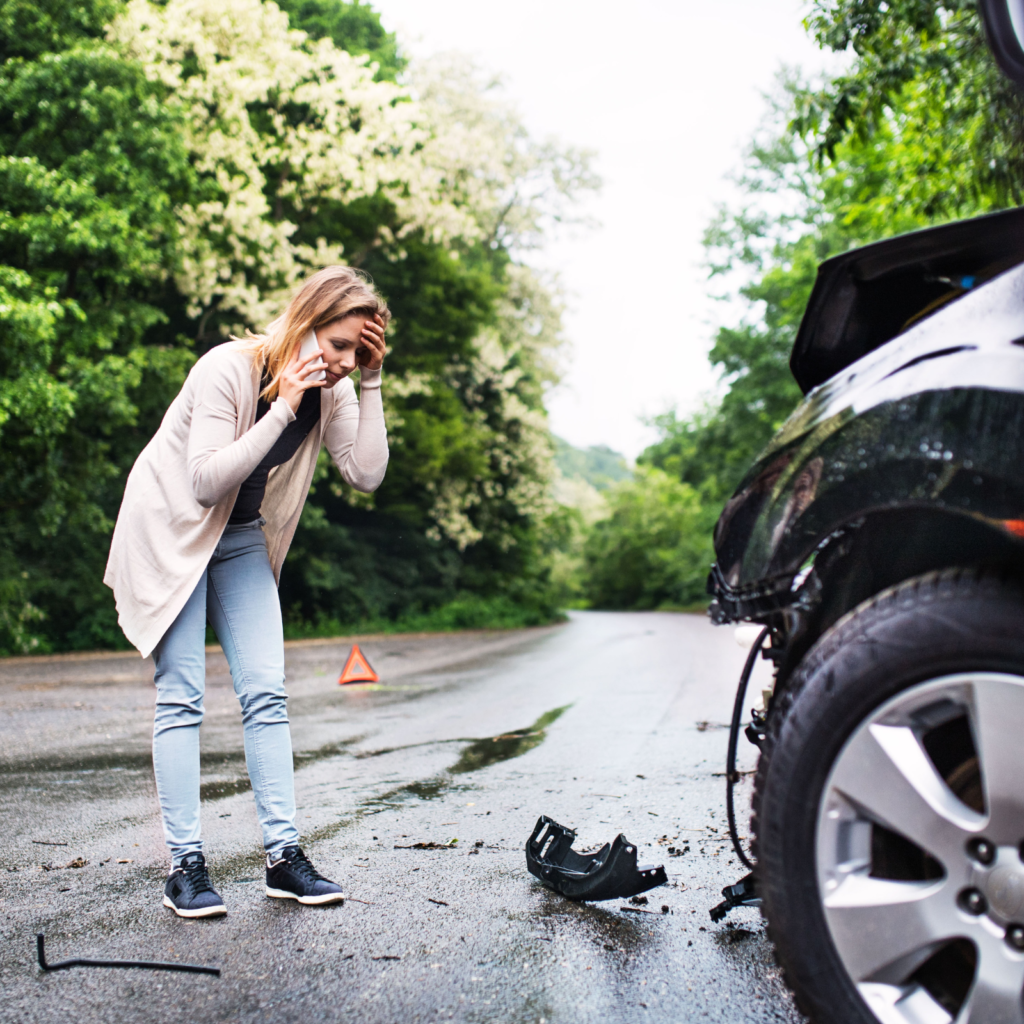
Immediate Response: Safety First in the Twin Cities
Navigating the bustling streets of the Twin Cities can be challenging, especially when an unexpected event like a car breakdown or accident occurs. Your immediate response can make a significant difference in ensuring your safety and the safety of others around you.
Emergency Calls
Assess the Situation: Before anything else, take a moment to assess the gravity of the situation. Are there any visible injuries to you or any passengers? Is there smoke or fire emanating from the vehicle?
Dial 911: If you’re in a severe situation, especially after an accident or if there are injuries, dial 911 immediately. Even if you believe the injuries are minor, it’s always better to have professionals evaluate the situation. Your health and safety are paramount.
Provide Clear Information: When on the call, stay calm and provide clear information about your location, the nature of the incident, and any immediate dangers. The more precise you are, the faster help can arrive.
Safety Positioning
Activate Hazard Lights: The first step after ensuring you’re okay is to make your vehicle visible to other drivers. Turn on your hazard lights, especially if you’re in a low visibility area or if it’s nighttime.
Move to Safety: If your car is in a position where it might cause a traffic hazard, and it’s safe to do so, try to move it to the side of the road or a nearby parking lot. If the car isn’t drivable, leave it where it is.
Snow Considerations: Minnesota’s winters can be harsh. If you’re stuck in snow, avoid excessive spinning of your tires, as this can make the situation worse. Instead, try to signal other drivers about your predicament using any available items like a cloth, flare, or even a makeshift sign. If you have a shovel or any tool, you can also try to dig out the snow around your tires.
Stay Inside: Especially on busy streets or highways, it’s safer to stay inside your vehicle after ensuring it’s in a safe position. Exiting your car can expose you to the risk of being hit by passing vehicles.

Documenting the Scene
In the aftermath of an accident or roadside incident, especially in bustling areas like the Twin Cities, having a detailed record of the event can be crucial. Not only does it provide clarity for insurance claims, but it can also be essential for any legal considerations that might arise.
Capture Everything
Multiple Angles: Begin by taking photos of your vehicle’s damages from various angles. This helps provide a comprehensive view of the extent of the damage.
Surrounding Area: Capture the overall scene of the accident. This includes the road conditions, traffic signs, signals, and any skid marks or debris on the road.
License Plates and Vehicles: Ensure you get clear photos of the license plates of all vehicles involved. Also, take pictures of the vehicles’ positions relative to each other and any damages they sustained.
Environmental Factors: If specific environmental factors, like snow or rain, played a role in the incident, document them. For instance, if there’s ice on the road or if your car got stuck in a snowdrift, capture these details.
Personal Injuries: If there are any visible injuries, consider taking photos of them as well. However, prioritize getting medical attention if needed.
Witness Accounts
Approach Calmly: If there are witnesses, approach them calmly and politely. Explain that their account of the incident could be beneficial and ask if they’re willing to provide a statement.
Detailed Notes: Jot down or record their version of events. Make sure to capture specifics like the sequence of events, any notable actions by the involved parties, and any other observations they might have.
Contact Information: Always collect the contact details of the witnesses. This includes their name, phone number, and email address. They might be needed for further clarification or validation later on.
Multiple Witnesses: If there are multiple witnesses, try to get accounts from as many as possible. Different perspectives can provide a more comprehensive understanding of the incident.
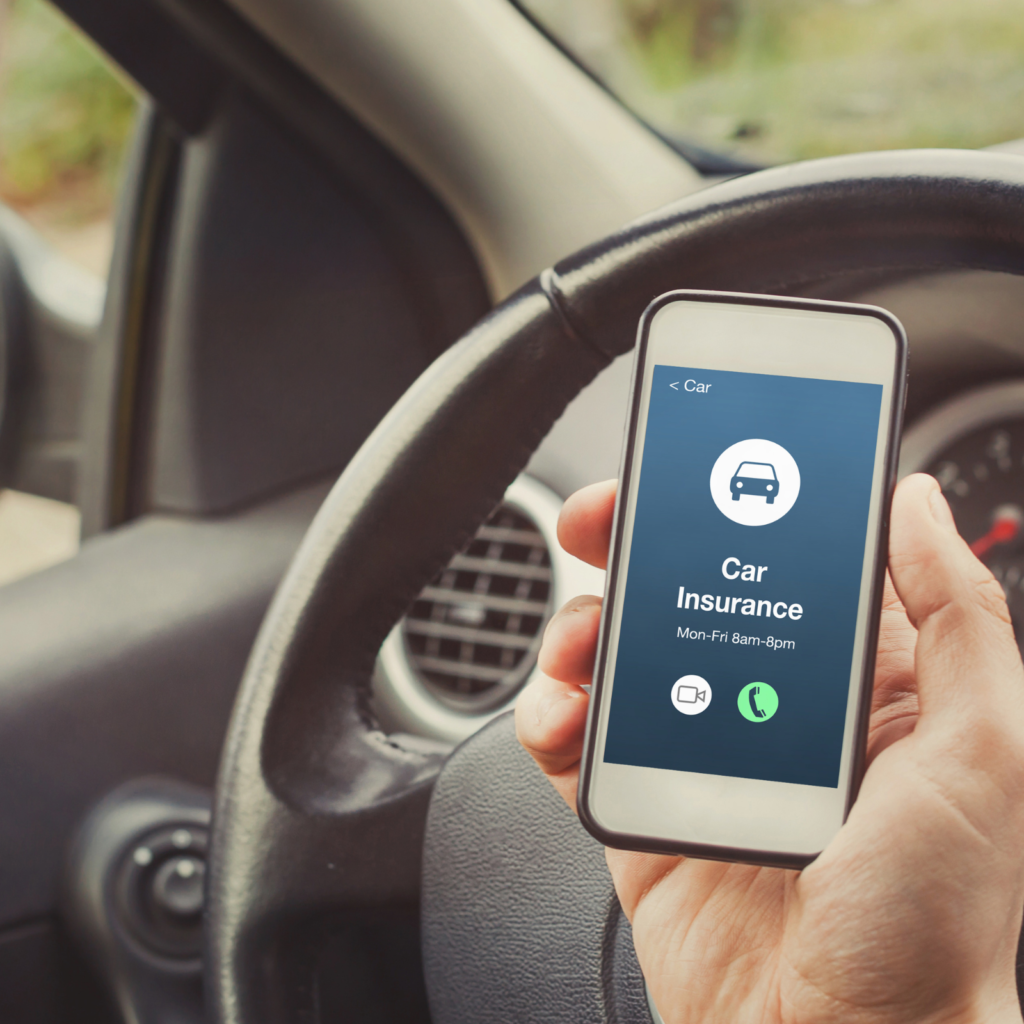
The Insurance Call
Dealing with an accident or a breakdown can be overwhelming, especially in the midst of the urban hustle of Minneapolis or St. Paul. One of the most crucial steps post-incident is contacting your insurance company.
Report the Incident
Immediate Reporting: As soon as you’re safe and have documented the scene, contact your insurance company. The sooner you report, the better, as details will be fresh in your mind.
Provide Detailed Information: Be ready to provide specific details about the incident, including the date, time, location, and a brief description of what happened. If another party was involved, share their details as well.
Guidance on Next Steps: Your insurance company can guide you on the immediate steps to take. They might have tie-ups with local “towing near me” services in Minneapolis or St. Paul, ensuring you get prompt assistance.
Claim Process: Inquire about the claim process, required documentation, and any other pertinent details. This will help you prepare for any subsequent interactions with the insurance company.
Know Your Coverage
Review Your Policy: Familiarize yourself with your insurance policy’s specifics. Knowing what’s covered can save you from unexpected expenses and stress.
Towing and Roadside Assistance: Some insurance policies include coverage for towing costs or offer roadside assistance services. If you’re unsure, ask your insurance representative.
Rental Car Coverage: If your car needs repairs and will be in the shop for a while, check if your policy covers rental car costs. This can be a lifesaver, ensuring you’re not left without transportation.
Deductibles and Limits: Understand any deductibles associated with your claim and the limits of your coverage. This will give you a clearer picture of any out-of-pocket expenses you might incur.
Claim Status Updates: Ask how you can track the status of your claim and the estimated time for resolution. This will help you plan accordingly.

Navigating the "Towing Near Me" Google Maze
In the digital age, a quick Google search is often our first reflex when faced with an unexpected situation. However, the plethora of results for “towing near me” can be overwhelming, especially when you’re stranded and stressed in the urban sprawl of Minneapolis or St. Paul. Here’s a guide to help you navigate this digital maze and find the best towing service for your needs.
Reviews Are Your Compass
Quality Over Quantity: While a towing service might pop up as the first result, it doesn’t necessarily mean they’re the best. Look for services with high ratings and read through the reviews to gauge the quality of their service.
Real Experiences: Reviews provide insights into real customer experiences. Look for common themes in reviews, such as promptness, professionalism, and care for vehicles.
Beware of Red Flags: On the flip side, consistently negative reviews or mentions of hidden charges, delays, or unprofessional behavior should be taken as warning signs.
24/7 Availability
Immediate Assistance: Accidents or breakdowns don’t adhere to a 9-5 schedule. Ensure that the towing service you’re considering operates 24/7, so you’re not left stranded during odd hours.
Response Time: Along with 24/7 availability, inquire about their average response time. Especially in a vast area like the Twin Cities, you’ll want a service that can reach you promptly.
Area Coverage: Ensure that the towing service covers the entire Minneapolis and St. Paul regions, so you’re not left waiting due to geographical constraints.
- Transparent Pricing: Before committing, ask about their pricing structure. Some services might have hidden fees or charge extra for nighttime towing.
- Professionalism: A good towing service isn’t just about moving your car. It’s about the overall experience. Opt for services known for their professionalism and courteous staff.
- Services Offered: Some towing companies offer additional services like jump-starts, tire changes, or fuel delivery. It’s always good to know the full range of what they offer in case you need more than just a tow.

The Wait After the "Towing Near Me" Search
Once you’ve made the call and help is on the way, the waiting game begins. Especially in the bustling environment of the Twin Cities, this wait can be a mix of anxiety, impatience, and uncertainty. Here’s how to make this waiting period more bearable and safe.
Stay in Your Safe Haven
Safety Bubble: Especially on busy roads or in unfamiliar areas, the interior of your car acts as a protective bubble. It shields you from the elements, passing vehicles, and any potential hazards.
Ventilation is Key: While it’s essential to stay inside, ensure you have adequate ventilation. Keep the windows slightly open, especially if you’re running the heater or air conditioner. This prevents any potential build-up of harmful gases.
Lock Up: For added safety, especially if you’re waiting during the night or in a secluded area, keep your doors locked. This ensures you’re secure from any potential threats.
Distract the Distress
Mindful Moments: Turn this waiting period into a moment of mindfulness. Deep breathing exercises or simple meditation can help reduce anxiety and keep you calm.
Entertainment at Hand: Dive into the digital world to distract yourself. Listen to a podcast episode, catch up on an audiobook, or even explore a new music playlist.
Stay Informed: If you’re anxious about the wait, use this time to read up on what to expect once the tow truck arrives. Many towing services have FAQs or guides on their websites.
Visual Calm: Watching calming videos, be it serene landscapes, gentle rainfalls, or even cute animal compilations, can be a great way to divert your mind and reduce stress.
Stay Connected
Update Loved Ones: Let someone close to you know about your situation. Keeping a loved one informed not only ensures someone is aware of your whereabouts but can also provide emotional support during the wait.
Track the Tow: Some modern towing services offer real-time tracking of their trucks. If available, this can give you a clearer idea of the estimated arrival time.
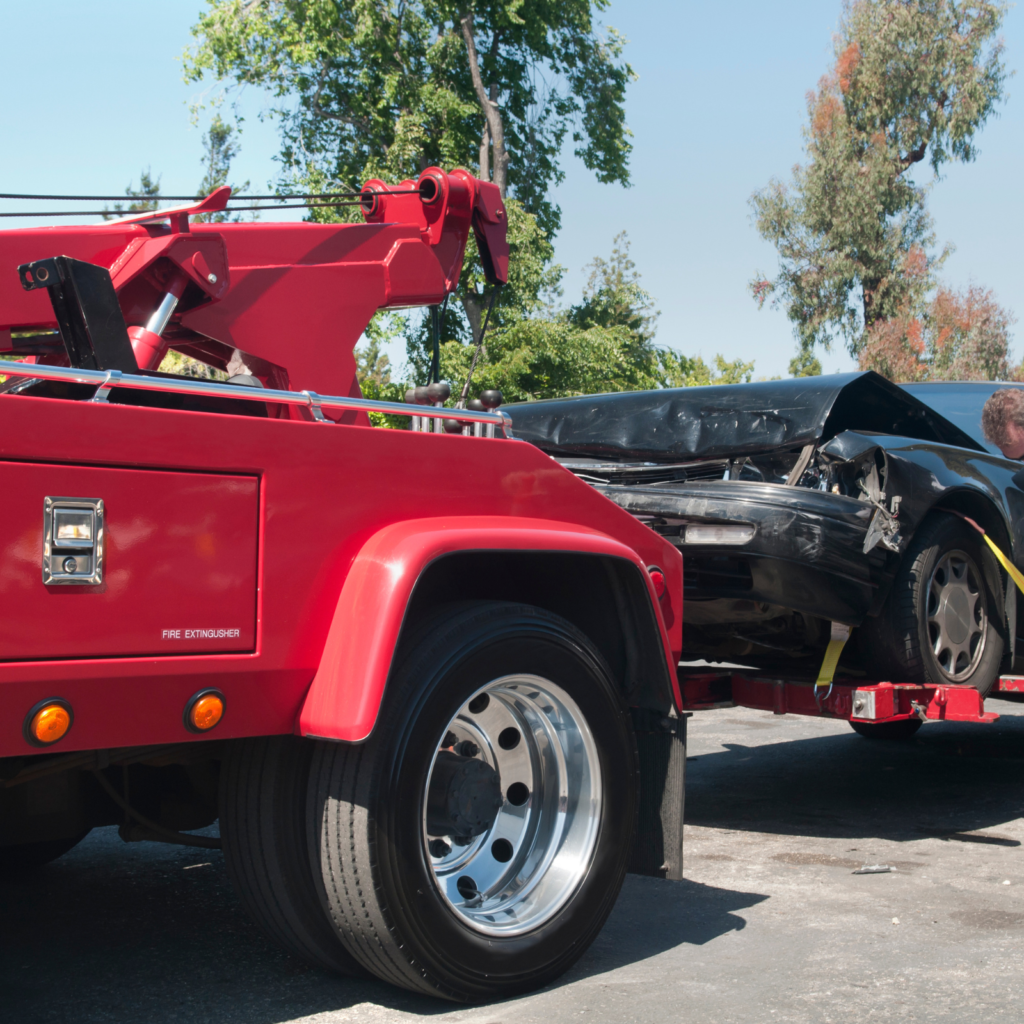
The "Towing Near Me" Heroes Arrive
The moment of relief is palpable when the tow truck finally arrives, especially after an anxious wait. However, as you transition from waiting to taking action, there are essential steps to ensure a smooth and safe experience.
Verify Before Trust
Identification Check: Before any discussions or actions, ask the tow truck driver for identification. Most reputable towing services will have their employees carry an ID badge or some form of company identification.
Vehicle Branding: Check the tow truck for clear company branding or logos. It should match the service you contacted. Be wary of unmarked vehicles.
Confirmation Call: If you’re unsure or feel something is off, don’t hesitate to call the towing service for confirmation. They can verify the driver’s identity and the vehicle details.
Gratitude is Golden
Acknowledge Their Efforts: Remember, these professionals often work in challenging conditions, be it heavy traffic, inclement weather, or late hours. A simple acknowledgment of their efforts can go a long way.
A Thank You Goes a Long Way: A heartfelt thank you, a handshake, or even a small tip (if you can and feel it’s appropriate) can make their day. It’s a small gesture that shows appreciation for their expertise and timely help.
Feedback Helps: If the service was exceptional, consider leaving a positive review online. This not only boosts the morale of the tow truck driver but also helps the company recognize their employee’s efforts.
Smooth Transition
Discuss the Destination: Clearly communicate where you’d like your vehicle to be towed, whether it’s a nearby garage, your home, or a specific mechanic.
Inquire About the Process: Ask about the towing process, any paperwork required, and payment methods. Being informed will help you prepare for the next steps.
Retrieve Essentials: Before your car is towed away, ensure you’ve retrieved all essential items, such as your wallet, phone, important documents, and any valuables.
In conclusion, whether you’re stranded amidst the urban sprawl of St. Paul, navigating the dense streets of Minneapolis, or caught in a surprise snow squall, the “towing near me” Google search can be daunting. But with the right approach and awareness of the broader picture, including insurance and safety, you can turn a challenging situation into a smooth experience. Remember, preparation and calmness are your best allies on Minnesota’s roads. Safe journeys!



